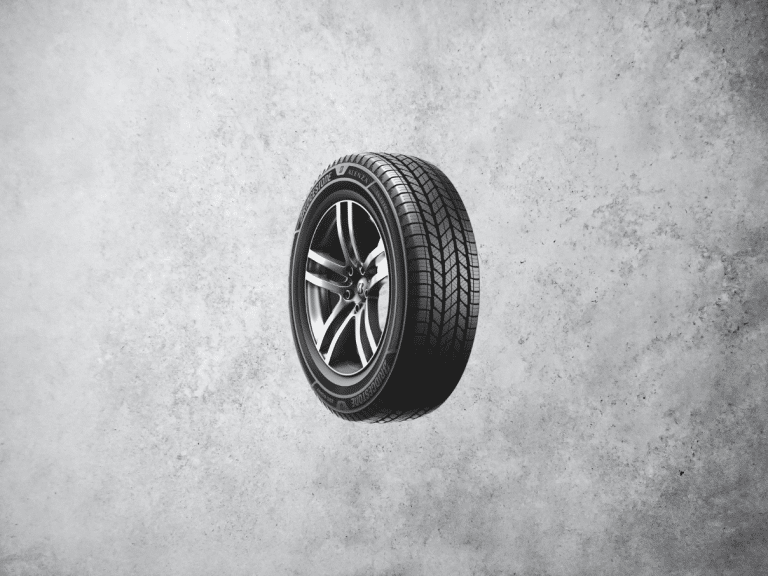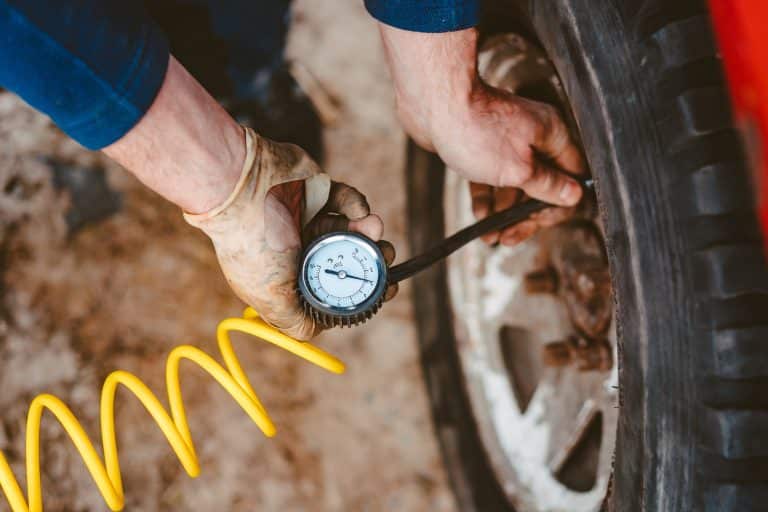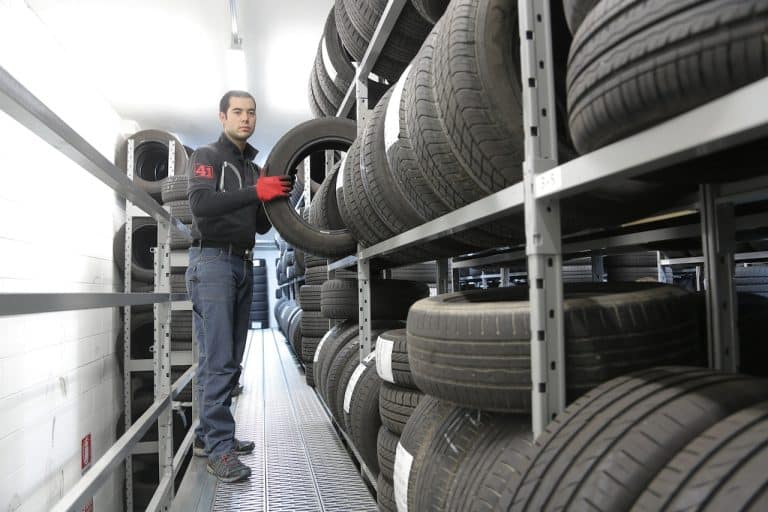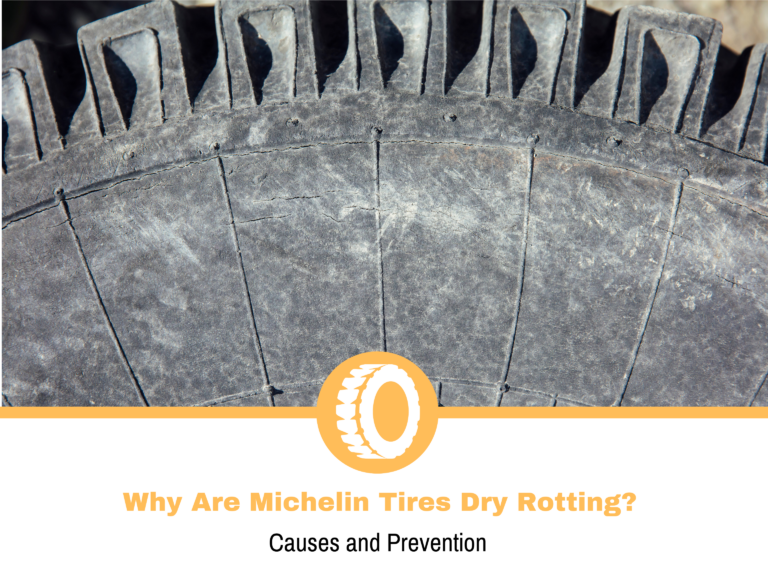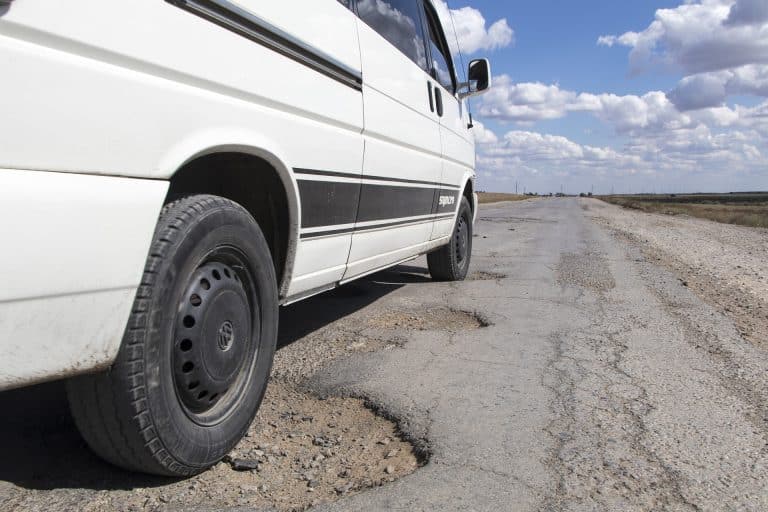Which Part of a Tire Can You Patch?
There are two types of car owners – God’s favorites and the ones that have experienced a tire puncture. With a few of those under my belt, I can guarantee that they are not fun and that I’m no one’s favorite.
Whenever you get a puncture, the tire won’t be able to hold air and, with that, it loses its ability to hold any weight. Sure, there are run-flat tires that remedy that issue, but they won’t remain drivable for a long time. They are intended to be used to get you to the nearest tire shop.
People that have found themselves in this kind of situation usually want to know if the tire can be fixed and for good reason. Patching a tire is the cheaper option because it costs only a fraction of a new tire.
We often mention situations where you cannot patch a tire, meaning that there are limitations to this process. There are areas where a tire shouldn’t be patched, which is what we’ll talk about today.
I’ll explain which parts of the tire can be patched and why the rest shouldn’t.
The Process of Patching a Tire
Before I talk about which areas of a tire you can patch, let’s look at the process first. This is not a tire patching guide, so I’ll cover this portion briefly.
Unlike the repair kits that newer cars come with, for a patch, you’ll need to take the tire to a shop. The process starts with the inspection of the tire and locating the puncture. If it’s not visible, many shops will inflate it and spray water around the tire looking for bubbles. The experts at the shop will let you know if the puncture is fixable.
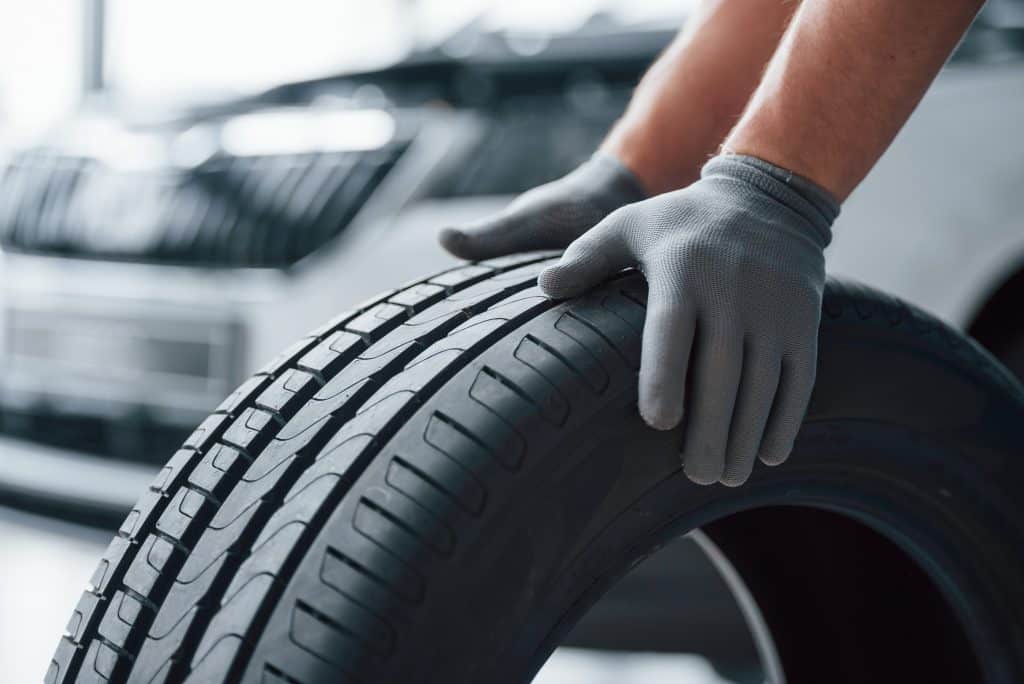
With the identification out of the way, a technician will remove the tire from the wheel and start preparing it. Initially, the hole with the puncture needs to be cleaned. On the inner side of the tire, the technician will buff out the rubber to prepare it for the patch.
To ensure a perfect seal, the first step is to plug the hole. Next, the technician will apply vulcanized cement on the inner side and apply the patch. There is a curing process involved and once that’s done, the excess plug is removed, and the tire is ready to get back on the wheel. A final inspection takes place beforehand and the final test is to see if the tire holds air.
Which Part of a Tire Can You Patch?
With the patching process out of the way, let’s talk about which parts of a tire are patchable. I’ll also explain why you should avoid patching a tire in some areas.
As a general rule, most tire shops will be happy to patch a tire if the damage is on the tread. This is the part that’s in contact with the road and the most common area where you’re likely to get a puncture. Depending on the tire in question and the construction, there are some areas that you shouldn’t patch. Punctures that are around half an inch from the sidewall shouldn’t be patched.
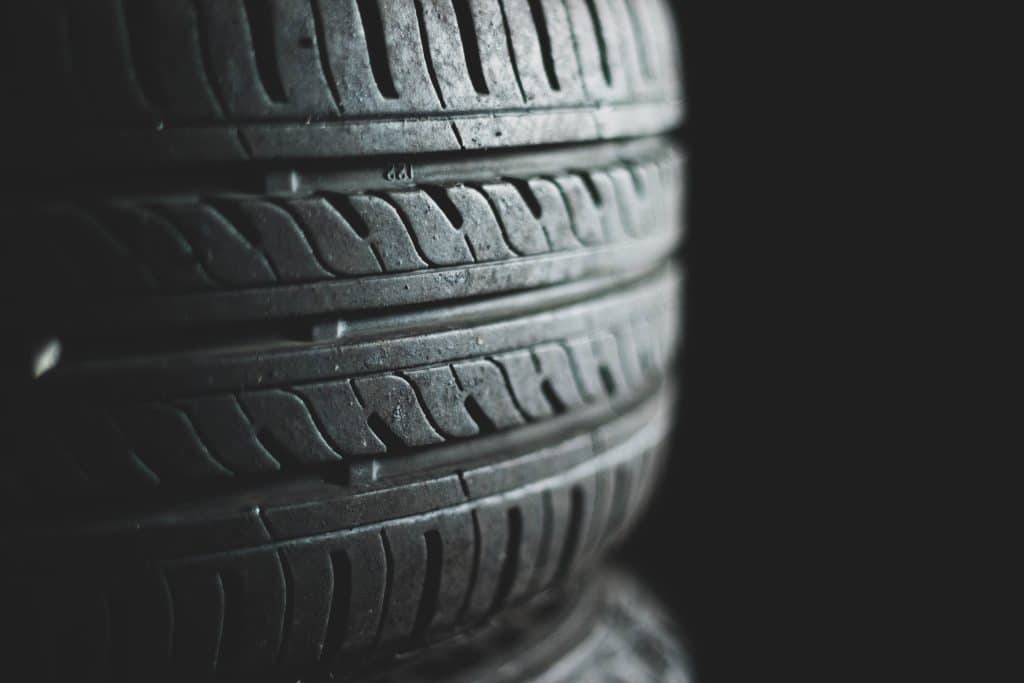
To sum all of this up, tires shouldn’t be patched if there’s a puncture in the sidewall or the shoulder blocks. Some manufacturers will let you get closer to the sidewall, going as little as a quarter of an inch. This depends on the internal construction and how wide the steel belts run across the tire. You won’t be able to tell this just by looking at the tire because they are part of the internal construction.
Why Shouldn’t You Patch a Tire in Some Areas?
We talked about the part of the tire that you can patch, which is the tread area. Unfortunately, some shops may accept patching a tire on the sidewall or the shoulders. The process is the same as patching the tread area, but it’s not something that I can recommend. It’s not safe, so let me explain why.
I mentioned the steel belts as part of the internal construction and they play a crucial role. They support that area and even in the event of a puncture, they can continue to do their job safely. With the sidewall, things are different.
A tire’s sidewall carries the weight, but without the steel belts, it’s not the sturdiest part of the tire. Don’t get me wrong, the sidewall isn’t weak and the radial plies are doing their job as intended, as long as they’re not damaged.
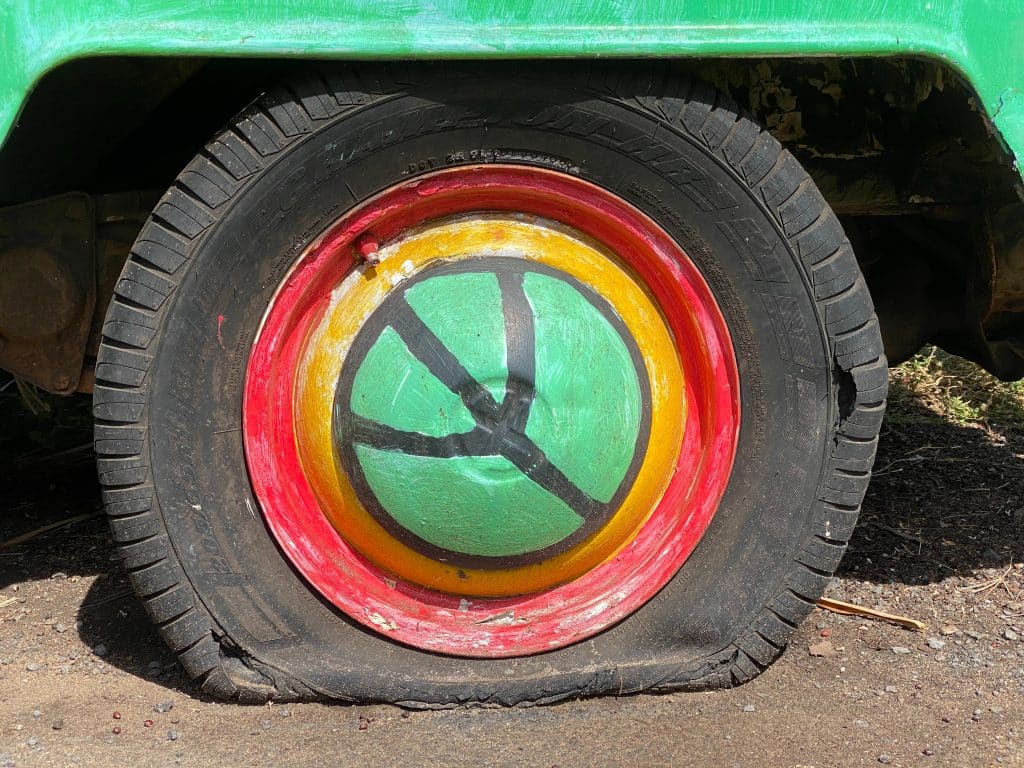
When a tire gets a puncture on the sidewall, the ply construction weakens, which can cause additional problems down the line. In many cases, we’re looking at bulges showing the weakened structural point of the tire. Damage in this section of the tire can be patched, but it won’t last long.
As you drive, the tire’s sidewall is constantly moving and doing its job. It absorbs bumps, provides better responsiveness, and holds the weight of the corner. With each rotation or corner, the damaged area needs to withstand the forces and it won’t do that nearly as long. Even if you patch the puncture, it will show a bulge which will lead to a blowout. This happens because the plies won’t be able to hold the form and will push from the inside. The rubber is flexible enough, and it starts to bubble up.
Which Punctures Cannot be Patched?
We talked about the areas where you can patch a tire, but not all punctures are patchable. Even if you get damage on the tread pattern, the area where it’s safe to fix a tire, there are still situations where tire shops will advise you against that.
There are two aspects that we need to look at here – the size of the puncture and the location.
For the size, there is a limit where most reputable shops will advise you against patching a hole bigger than 1/4 of an inch. This is not written in stone, but larger punctures mean extensive damage to the internal construction. This isn’t written in stone, and there are some exceptions to this rule, which is why it’s important for a technician to inspect the tire.
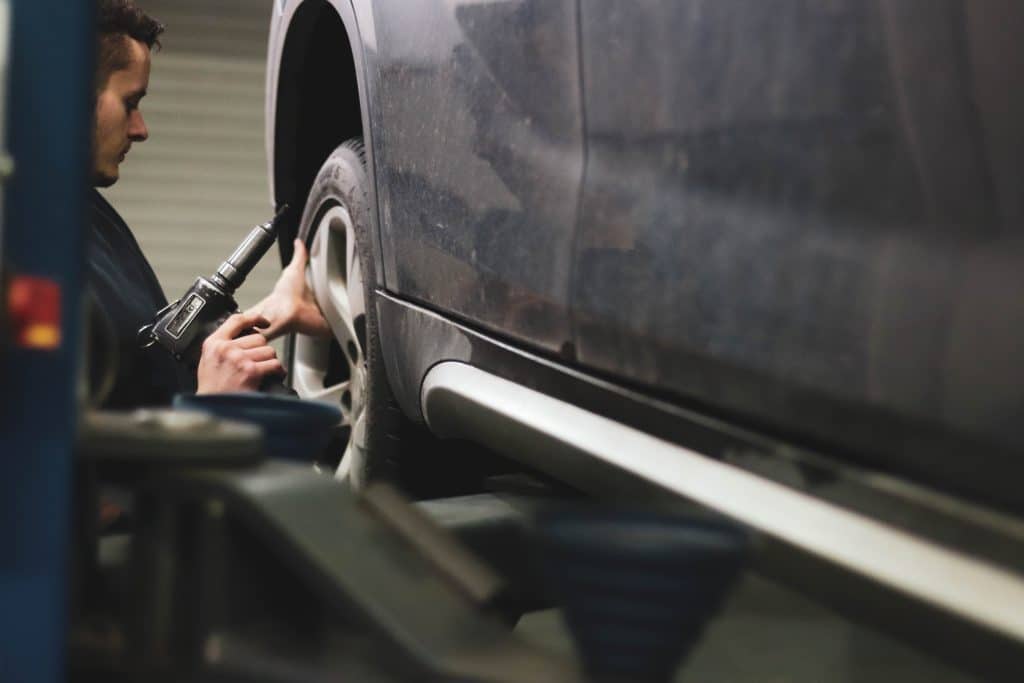
We don’t get punctures just from nails and screws and sometimes we can get a massive tear. This is definitely unfixable, meaning that you can get a new tire and you can recycle or repurpose the old one.
The second aspect we should address is the location. I outlined which part of a tire you can patch, which isn’t the same. This aspect applies if your tire is already patched once. I have an in-depth guide on how many times you can patch a tire, so check that out if you want to learn more. As a consensus, the minimum distance between two patches shouldn’t be less than 16 inches. There are exceptions to this, so you’ll need to consult with a tire shop.
Can You Re-Patch a Previous Puncture?
This is a sort of gray area in this industry and there isn’t a definitive answer. If the puncture is in the exact area as the previous puncture, then you’ll probably be good to go and patch it.
The tire’s internal construction is already damaged from the previous hole, so there isn’t any additional damage. In this case, a technician may agree to re-patch the hole and you’ll be on your way.
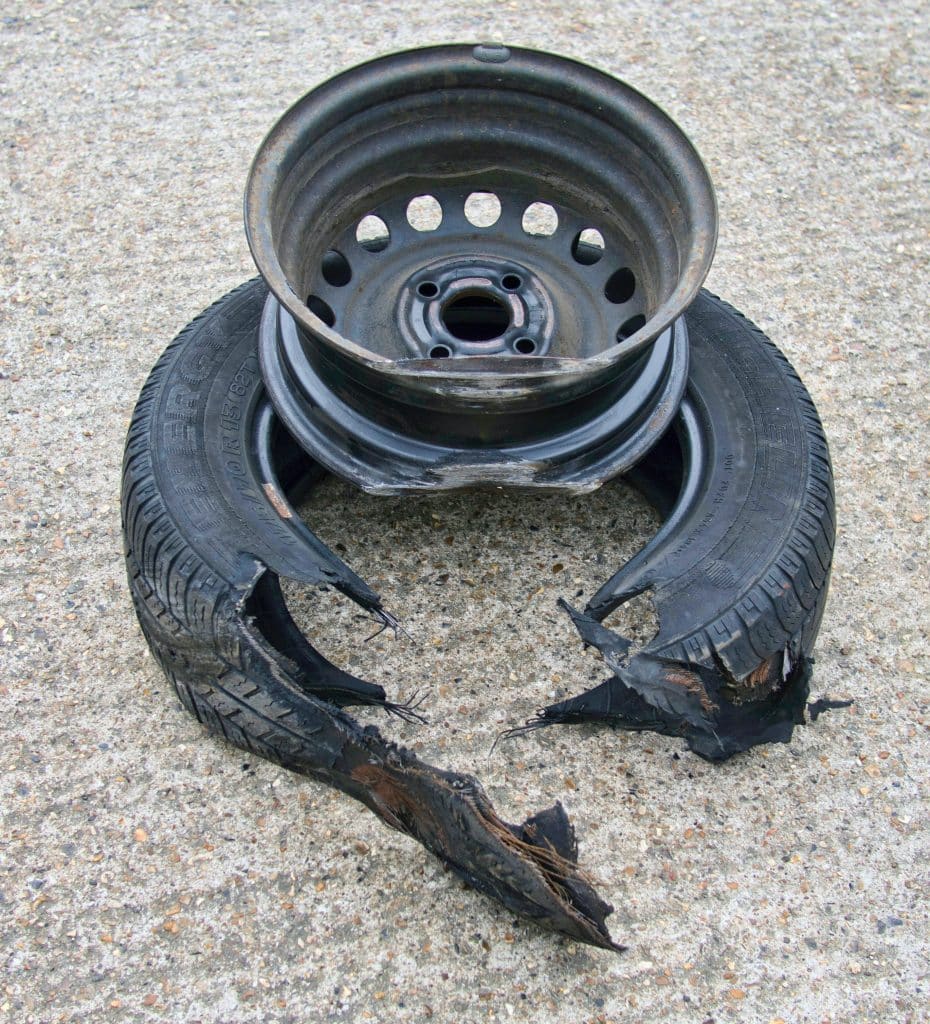
In situations where the second puncture is close to where the tire was previously patched, then you’re looking at the rule from the previous section. Two patches shouldn’t be closer than 16 inches, so in this case, you shouldn’t try to repair the tire.
The result here will be like patching a sidewall. At a certain point, the internal pressure will be too much for the construction to hold, and you may get a bulge that can lead to a blowout.
How Long Can a Patched Tire Last?
The process of patching a tire isn’t temporary and the idea is to keep the tire in operation as long as possible. If patched correctly, the tire will be good to go until you reach the minimum tread depth or the tire is too old to be driven.
Had a puncture last year and took the tire to get it patched. Since then, I’ve driven a couple of thousand miles and the patch is holding and the performance is there.
Unfortunately, things don’t always go according to plan, so in some situations, the patch may not hold. In these cases, you’ll probably need to take the tire to a shop and get it re-patched.
Conclusion
Patching a tire is something the tire industry has been doing since the early days. The process has evolved a lot, but the idea remains the same. By patching a tire, you’re saving money by not having to buy a new tire.
Unfortunately, patching isn’t always the answer and there are situations where it’s not doable. If you’re looking at a puncture on the sidewall or the shoulders, then you won’t be able to patch it.
Some shops may accept this procedure, but I wouldn’t advise it. It’s not a very safe option and a blowout is imminent. As much as you may want to avoid buying a new tire, in these situations, you’re better off doing that. It’s the safer option for you and everyone around you.

